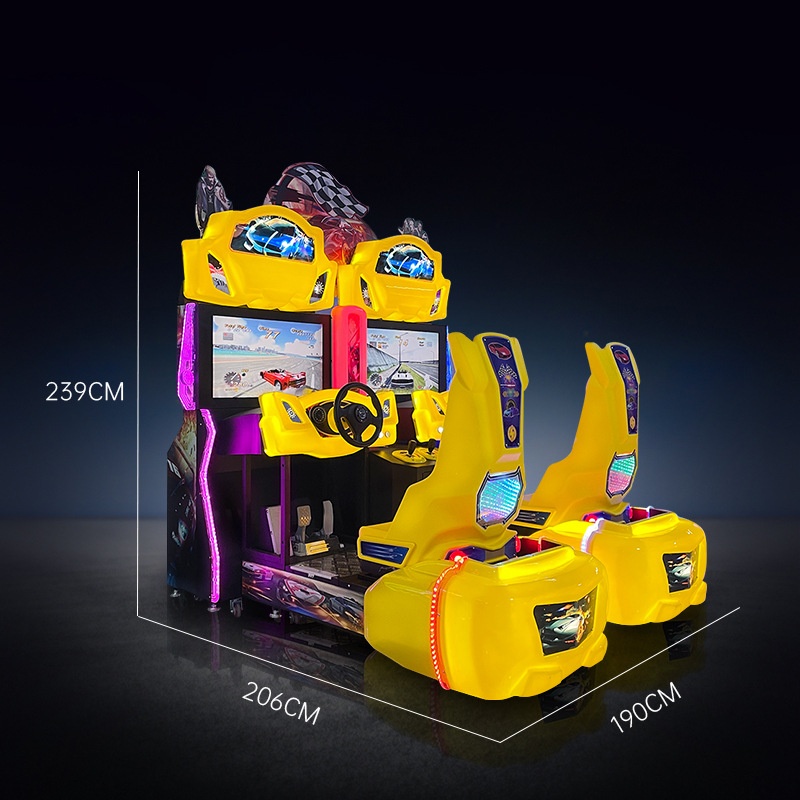Why Pinball Cabinets Still Matter in a Racing-Driven Market
While racing simulators dominate the headlines, the electronic pinball machine continues to be a key player in the arcade ecosystem. These machines are not just about nostalgia—they represent an enduring culture of tactile challenge and competitive spirit.
For many arcade center operators, placing an american style pinball machine beside a drift simulator arcade creates an immediate contrast that draws in players. Some are drawn to the bright lights and flippers of the pinball, while others crave the adrenaline of drifting at top speed. Both demographics are equally profitable.
An underrated machine is the multi-game pinball table, which allows operators to rotate themes, keeping regular customers engaged. These versatile setups are especially useful in clubhouses where a consistent flow of high-spending patrons expect variety. Meanwhile, the high-end pinball simulator appeals to younger gamers familiar with digital gameplay but curious about pinball’s physical roots.
The traffic racing arcade remains a cornerstone for shopping plaza entertainment venues. With vibrant screens and competitive play, it complements the electronic pinball machine perfectly. Together, these machines create a balanced experience—half nostalgic, half futuristic.
In essence, while racing games like the drift simulator arcade keep the energy level high, the steady presence of pinball cabinets ensures diversity. For businesses aiming to maximize revenue and customer loyalty, the solution is not either-or, but both.
#electronic_pinball_machine #american_style_pinball_machine #multi_game_pinball_table #high_end_pinball_simulator #traffic_racing_arcade #arcade_center #amusement_park #clubhouse #shopping_plaza
READ MORE:









